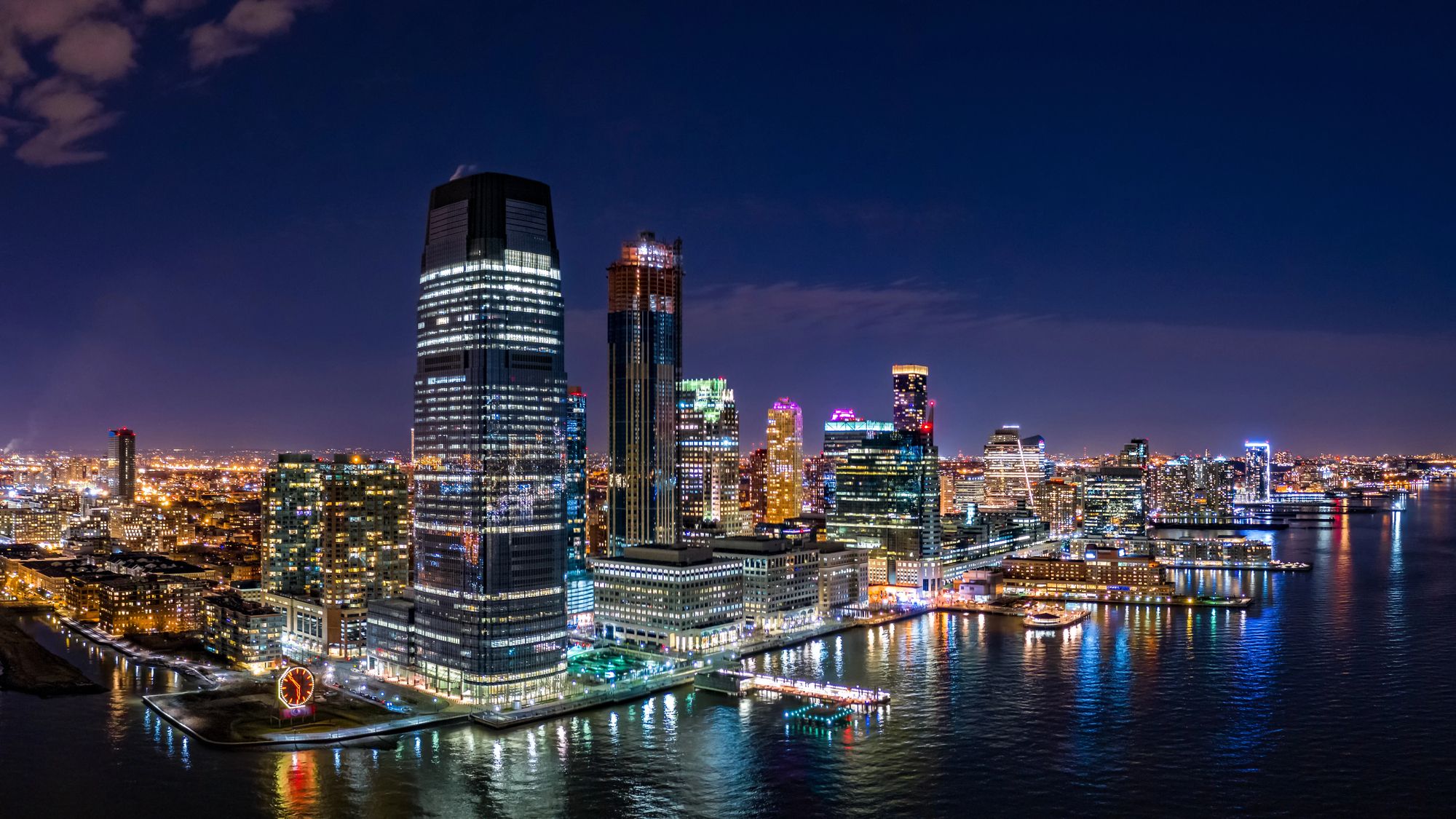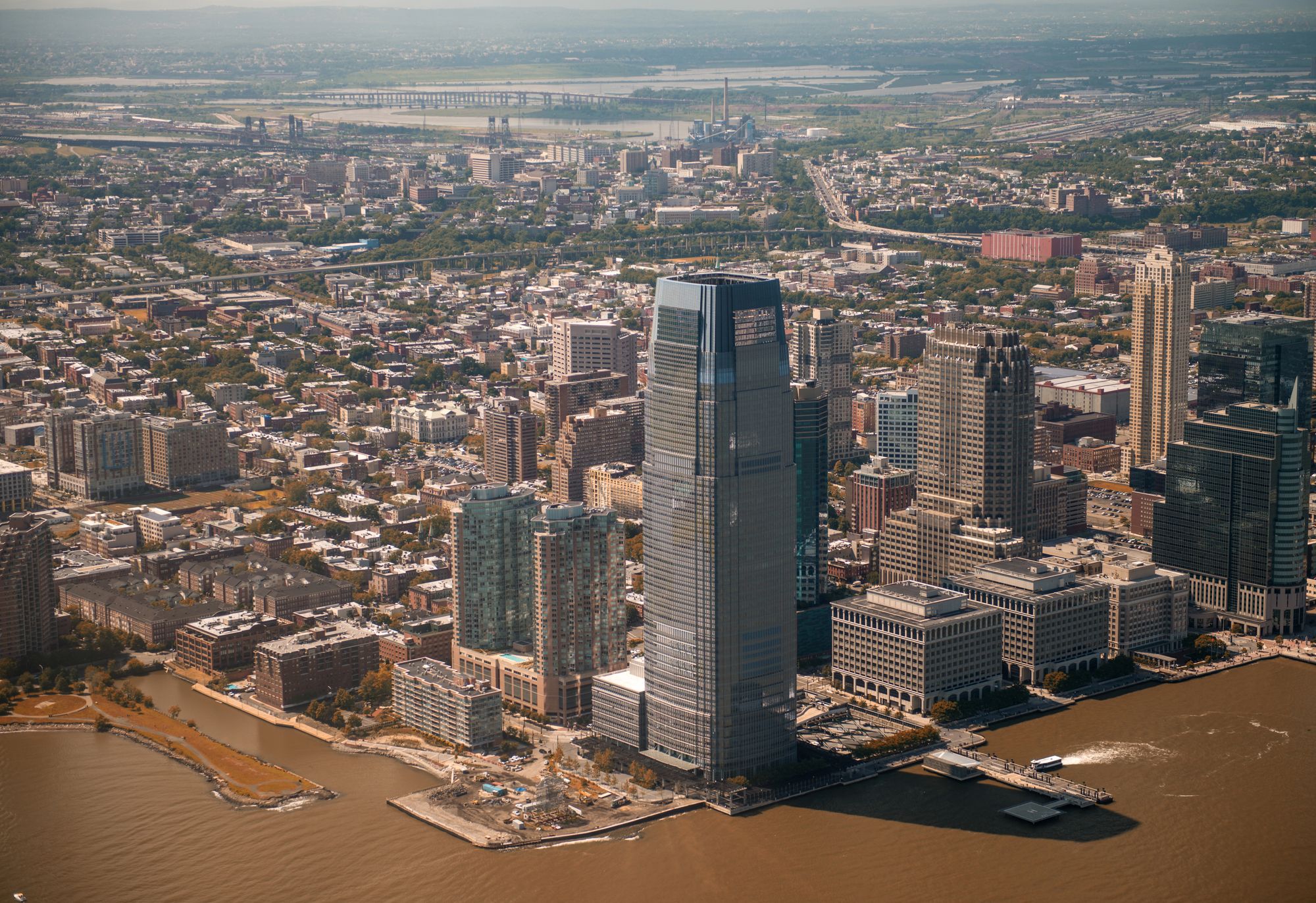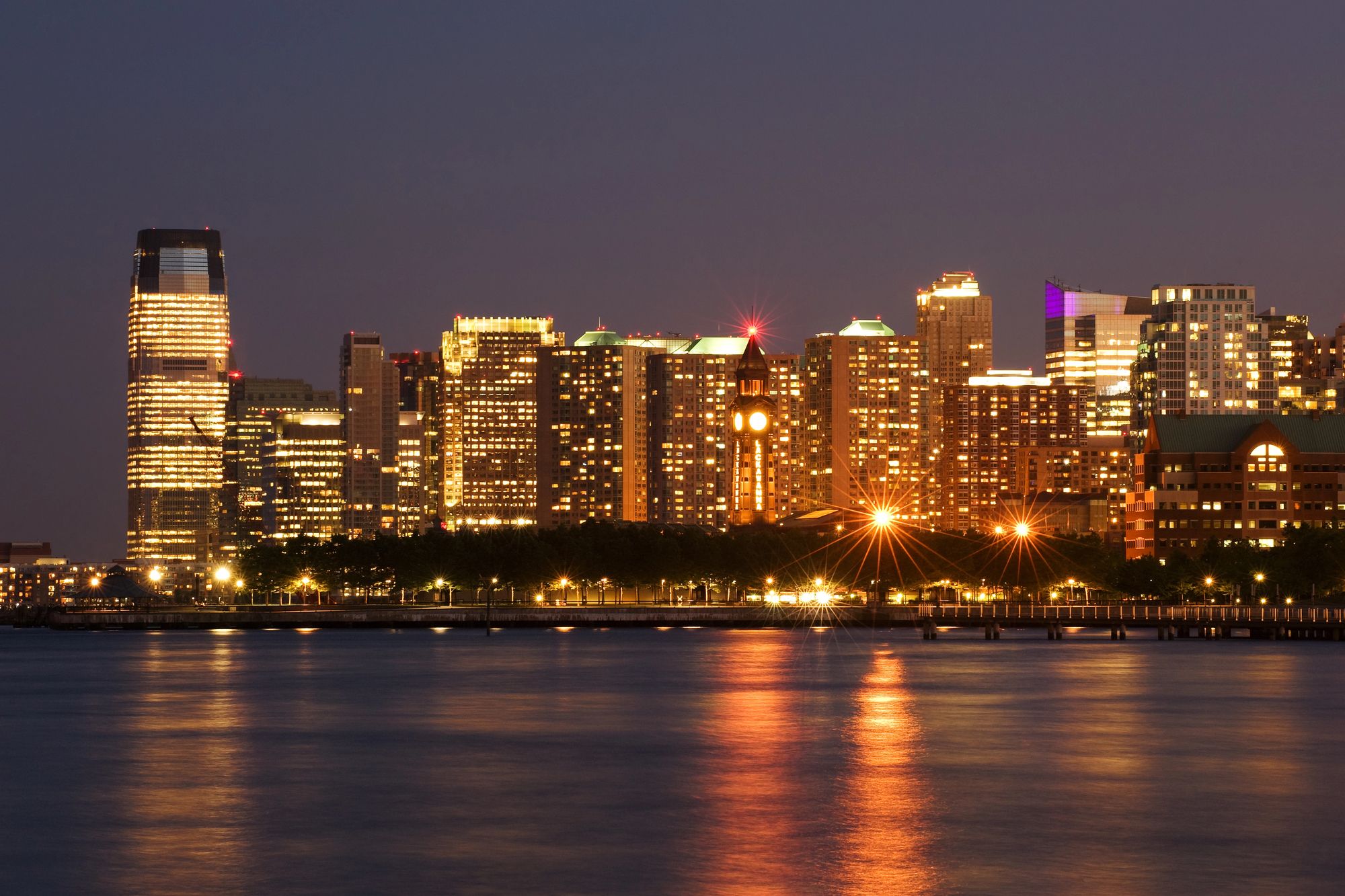The Jersey City Council has finally approved a deeply debated compromise bike lane plan for the Heights, a vibrant residential neighborhood perched atop the Palisades. This decision, coming after years of delays and contentious public discussions, aims to balance the needs of pedestrians, cyclists, motorists, and first responders.
Although falling short of what some bicycle advocates had hoped for, the compromise attempts to address safety concerns while maintaining accessibility for emergency vehicles and local institutions.
Get a discount of 15% to 70% on accommodation in Jersey City! Look for deals here:
Jersey City Hotels, Apartments, B&Bs
The Controversial Bike Lane Debate
The seeds of this project were planted over five years ago when Jersey City was awarded a $700,000 state grant aimed at creating safer streets in the Heights. The original plan proposed converting Franklin and Manhattan Avenues—key thoroughfares in the neighborhood—into one-way streets to accommodate fully protected bike lanes.
This bold approach promised significant improvements for cyclists and pedestrians but met significant resistance from local stakeholders.
Last summer’s pilot program brought these tensions to the forefront. Concerns about reduced parking availability, increased emergency response times, and decreased accessibility for local institutions dominated public discourse.
The pushback came from critical corners, including departments like police and fire, as well as businesses and community fixtures such as St. Joseph’s School for the Blind. This opposition forced planners to return to the drawing board, eventually leading to the compromise approved at the March 12 meeting.
Community Reactions: Division in the Heights
The Council’s 5-3-1 vote reveals just how divided the Heights community remains on the issue. Many residents and local institutions stood firmly against the original proposal, worried about its potential impact on parking and accessibility.
For first responders and nearby hospitals, the one-way street conversion heightened fears about delayed response times during emergencies.
Meanwhile, bicycle advocates reacted with frustration over the watered-down compromise. Speaking out at the meeting, they emphasized the vulnerability of cyclists in Jersey City, pointing to documented hostility from drivers and the alarming number of pedestrian fatalities in recent years.
For them, the compromise fails to adequately protect vulnerable road users, leaving much to be desired.
A Delicate Balancing Act
Councilman Yousef Saleh, whose district includes the Heights, defended the compromise plan, describing it as a “necessary” step to bridge a divided community. However, critics like Councilman Frank Gilmore voiced concerns about whether the modified project still meets the state’s grant criteria, sparking additional uncertainty about the plan’s future.
The compromise does showcase the challenges of urban planning in densely populated areas. Striking a balance between modernization, safety, and accessibility requires input from all corners of a community—and inevitably, not everyone will leave satisfied.
For Jersey City, finding a way to appease cyclists while preserving the flow of life in the Heights’ bustling city districts is no easy feat.
What This Means for Jersey City Residents
So, what does this decision mean for Jersey City residents, especially those navigating things to do in Jersey City?
Cyclists and pedestrians will benefit from increased—though not maximal—safety along Franklin and Manhattan Avenues. Drivers, on the other hand, may breathe a sigh of relief knowing that the streets will remain two-way, keeping parking spaces intact.
Institutions like hospitals and schools may feel reassured that their accessibility won’t be restricted by drastic road changes.
The Future of Jersey City Transportation
Jersey City is growing, and its approach to transportation systems must grow with it. Efforts like this bike lane plan reflect the city’s long-term goals to evolve into a safer, more pedestrian-friendly place.
While imperfect, this step represents part of a broader conversation about how a city can adapt to a burgeoning population while keeping its streets safe and accessible for all.
For anyone planning a visit, consider exploring the Heights to see this transformation firsthand. Whether you’re researching where to stay in Jersey City or looking for unique neighborhoods to explore, the Heights offers a glimpse into the city’s dynamic and diverse communities.
Plus, its scenic views make it a top destination for city visitors. Nearby, you’ll find an array of Jersey City hotels that put you right at the heart of the action.
Getting to Jersey City
If you’re interested in visiting this growing urban hub, getting to Jersey City is convenient no matter where you’re coming from.
The neighborhood is easily accessible by NJ Transit, PATH trains, and numerous bus routes connecting it to New York City and beyond.
For cyclists and pedestrians, an expanding network of protected paths ensures safer, greener travel options, even if the Heights bikeway plan took a step back.
As Jersey City continues to grapple with urban planning challenges, this moment serves as a reminder of the compromises necessary to make progress.
While it may not please everyone, decisions like these lay the groundwork for a more inclusive and accessible city for all.
Get a discount of 15% to 70% on accommodation in Jersey City! Look for deals here:
Jersey City Hotels, Apartments, B&Bs
Here is the source article for this story: Jersey Council Advances Compromise Plan for Bike Lanes in the Heights




